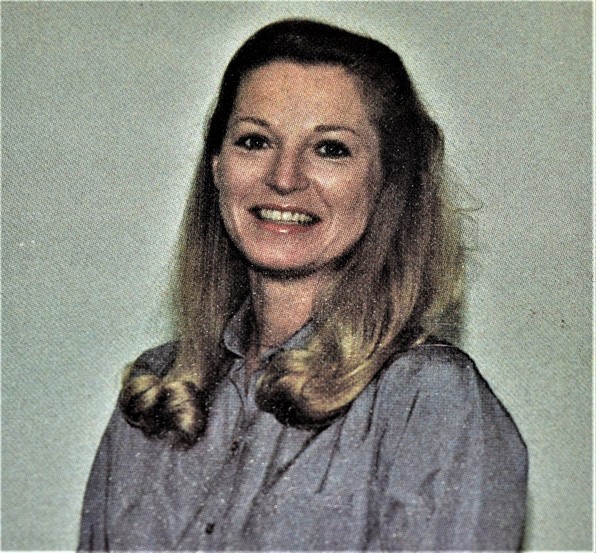Betty Bone, Love County Conservation District Manager, retiring after 57 years of service
In 1964, a couple of dimes along with another penny or two would get you a loaf of bread.
The popular “Life” magazine cost 35 cents an issue in 1964.
And on Sept. 1 of that year, Betty Bone began working for the Love County Conservation District for $100 a month.
The District Manager is retiring this month after 57 years of service.

“The $100 a month is what I made for a long time,” Bone said and then laughed.
Think about the length of her career like this: The Love CCD, originally the Red River Valley Soil Conservation District, celebrates 82 years of serving producers in 2022. Bone hired on the year the District marked its 25th anniversary.
The reason she took the job in the first place is itself a look at the history of Conservation Districts.
“I took it because back then it was part-time federal,” she said. “I wanted something federal.”
She and Don Bone married in 1961. He was a member of the Army Reserves and was called back into service. The newlyweds were off to Fort Chaffee, Arkansas near Fort Smith. Betty Bone, 18 years old at the time, got a “clerical” job with the military.
So, when he finished the assignment in Arkansas and they returned to Oklahoma, Bone noticed an office job that was at least part federal. The Conservation District position was four hours federal, four hours District, “So since I already had about two years of federal work, I took it.” That was the pay structure for more than 20 years, before it became entirely District based.
Although the skills needed for this role were like those of her previous job, the subject – conservation – was foreign soil, so to speak.
Bone was born and raised in Wilson, Okla., and her father worked in the oilfield. She was not familiar with agriculture.
Chasing the oil boom, they lived a few years in Midland, Texas before returning to Wilson.
“We were town kids, not farm or ranch,” she said. “In fact, my sister likes pickles, but hates cucumbers and didn’t know that’s what pickles are, that’s how citified we were about things that grow.”
However, stewards of the land are many times good stewards of people, and Betty had just such an individual on her District board – J. Claude Brannan, who also served on the State Soil Conservation Board.
“He was very helpful,” she said. “He was honest and straightforward. He told you exactly what he thought, and he meant what he said when he said it.”
As for the office, here’s another a sample of the early days of her career. The minutes of the Oklahoma State Soil Conservation Board’s September 8, 1964 meeting – one week after Bone started — shows that Johnston County, very close to Love County, requested an electric typewriter. The record specifies that “By common consent, the Board agreed to hold the request in abeyance until June 1965. The request will be reconsidered at that time.”
Bone said, “Oh yes, at that time an electric typewriter would have been considered ‘uptown.’”
Obviously, technology has changed through the years. But the satisfaction that came from helping producers never changed.
“I always enjoyed helping people out when they needed it the most,” she said. “For example, when the cost share program started, we had several cattlemen and ranchers at that time that did not have adequate livestock water, some were hauling water. It was a hard situation. So, with this, if they had a site, we helped them build a pond, if they didn’t, we helped them drill a well. We had some very grateful customers.”
Sometimes, there were issues with too much water.
“On the watershed, when the (Walnut) Bayou and Simon Creeks would flood, people couldn’t get from the west end into town for two to three weeks at a time,” she said. “Then after we got a couple of those watershed lakes built up on the north end, that didn’t happen but maybe once every 10 – 15 years or so. Our watershed plan helped a lot.”
Then there were days when the front door of the office opened and the question on the mind of the producer was not about water.
“They’d ask about a weed or an insect, and they’d bring the bug in with them, and say, ‘What’s this?’” she said.
One afternoon it wasn’t a weed or an insect.
“A guy walks in and asks about a frog that didn’t look like the others he’d seen,” she said. “It wasn’t the only time someone brought a frog in, but this man had him wrapped in a rag and drug him out of his pocket. That was country.”
Conservation, a topic that was new to her in 1964, and the work that came with it, became familiar over time. But the bugs and frogs?
“Well, that was just a little something extra,” she said.
